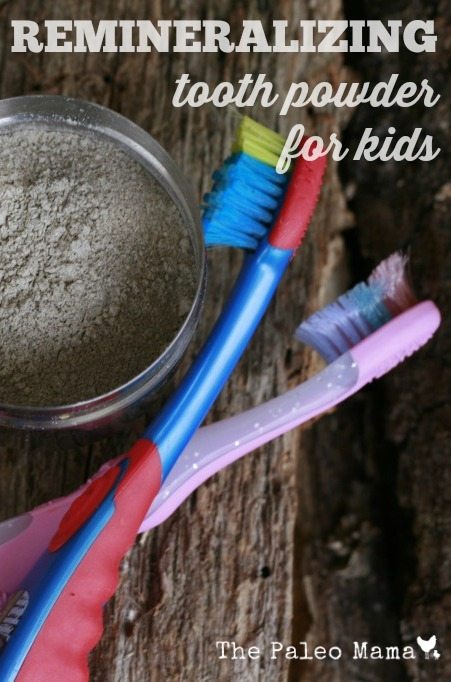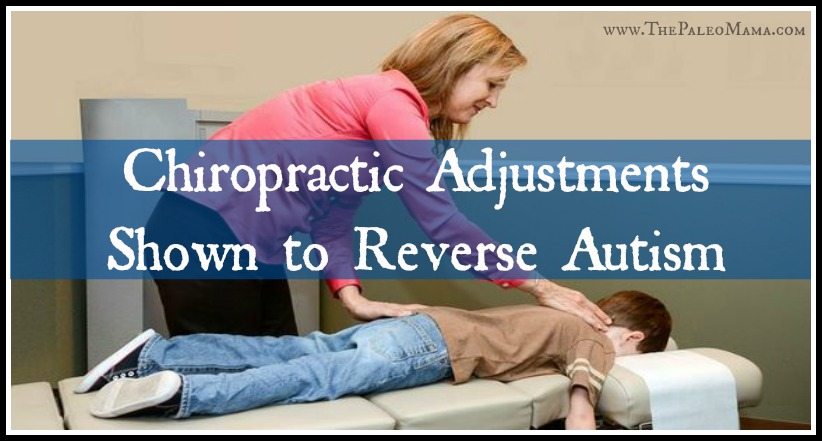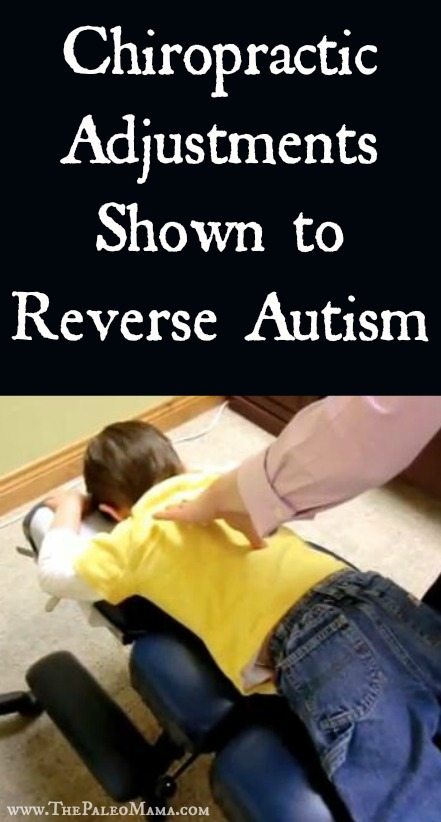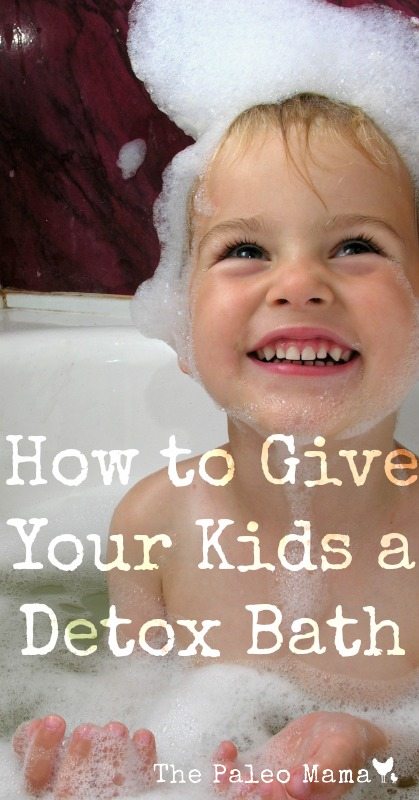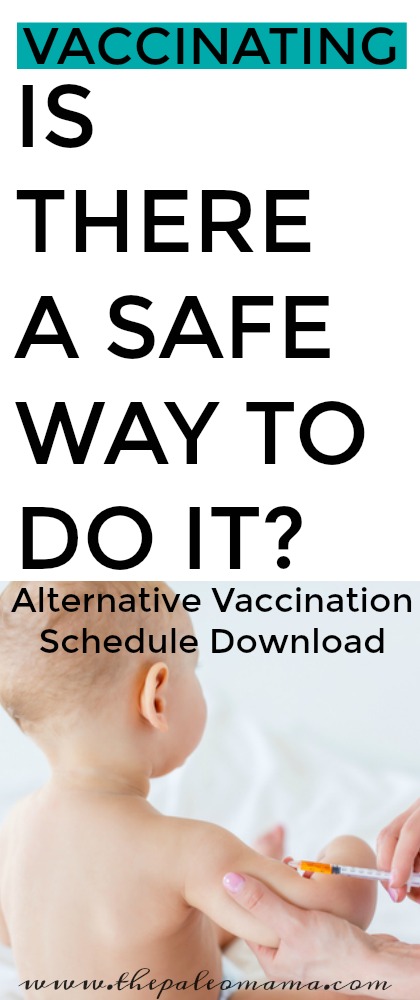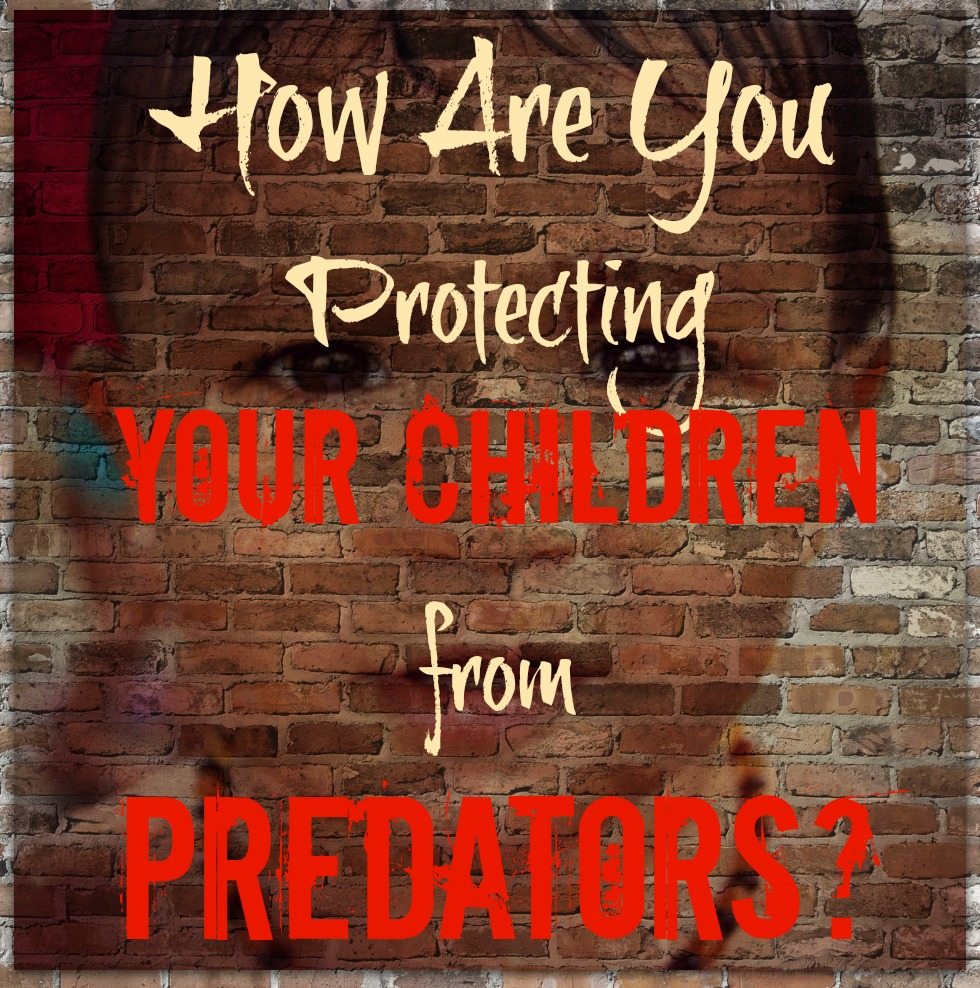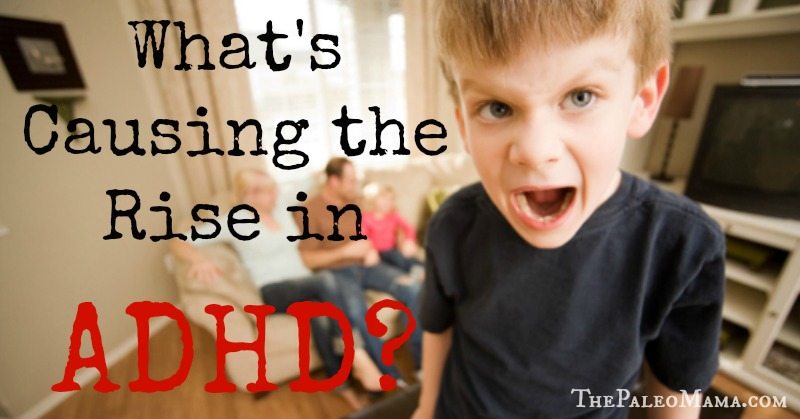
According to a 2010 US government survey,1 1 in 10 American children now has attention deficit hyperactivity disorder (ADHD)—a 22 percent increase from 2003.
ADHD makes it hard for children to pay attention and control impulsive behavior, and an increasing number of older children, including high school students, are now being labeled as having ADHD. Adult ADHD is also becoming more prevalent.
As reported by the Las Vegas Guardian Express,2 nearly 11 percent of American kids are labeled with the disorder. More than twice as many boys are diagnosed with ADHD than girls—one in five, compared to one in 11. The featured article speculates about the cause behind these rising numbers.
Some experts feel the increase could be due to increased awareness and better diagnosis, but I think you’ll find it interesting that this trend also coincides with increased prevalence of the pervasive weed killer, glyphosate, in the American food supply.
There’s also plenty of room for overdiagnosis. In fact, an ADHD diagnosis is often made on the subjective observations of teachers or guardians, based on signs that nearly every child will display at some point. Aggravating factors, such as diet or home environment, are oftentimes overlooked entirely.
The featured article actually points out some interesting correlations between ADHD diagnoses and changes to the American educational system that might help explain how, if not why, so many children are misdiagnosed or flat out falsely diagnosed.
What Is ADHD?
But before we get into potential causes for the uptick in prevalence, let’s review how ADHD is qualified in the first place. The disorder involves a cluster of symptoms that includes inattention, hyperactivity, and impulsive behaviors.
Often, children with ADHD struggle in school and have difficulty managing interpersonal relationships. They also tend to suffer from low self-esteem. The similar term attention deficit disorder (ADD) has largely been replaced with ADHD, as it describes two of the most common symptoms of the condition, inattention, and hyperactive-impulsive behavior.
Diagnosing ADHD really comes down to a matter of opinion, as there is no physical test, like a brain scan, that can pinpoint the condition. This could change, however. According to a recent study, a newer MRI method called magnetic field correlation imaging that can detect low iron levels in the brains of children with ADHD could potentially help parents and patients make better informed decisions about treatment. As reported by Medicine.net:3
“Psychostimulant drugs used to treat ADHD affect levels of the brain chemical dopamine. Because iron is required to process dopamine, using MRI to assess iron levels in the brain may provide a noninvasive, indirect measure of the chemical, explained study author Vitria Adisetiyo… If these findings are confirmed in larger studies, this technique might help improve ADHD diagnosis and treatment…
The [magnetic field correlation imaging] scans revealed that the 12 ADHD patients who’d never been treated with psychostimulant drugs such as Ritalin had lower brain iron levels than those who’d received the drugs and those in the control group. The lower iron levels in the ADHD patients who’d never taken stimulant drugs appeared to normalize after they took the medicines.”
At present, diagnosis is dependent on subjective evaluation, and, for better or worse, teachers can play a significant role in this evaluation. Most children with ADHD will display a combination of inattention and hyperactive-impulsive behavior, along with the following symptoms:4
| Frequent fidgeting or squirming | Difficulty playing quietly | Always seems on the go |
| Restlessness | Excessive talking and interrupting others | Difficulty waiting his or her turn |
| Frequent daydreaming | Frequently has problems organizing tasks or activities | Difficulty following through on instructions and apparently not listening |
Many of these “symptoms” could describe virtually any child, or most children, on any given day. Hence, those who display these symptoms at school but not at home or with friends are not considered to have ADHD. Ditto for children who display symptoms at home but not at school.
Only children who struggle with inattention and hyperactive or impulsive behaviors around the clock are deemed to have ADHD—or at least they should be. According to a 2010 study,5 an estimated 20 percent of children are misdiagnosed with ADHD.
According to some, the disorder may not even be a “real” disorder at all. Psychiatrist Leon Eisenberg, hailed as the “scientific father of ADHD,” actually went on record saying that ADHD is “a prime example of a fictitious disease.”He made this stunning confession in a 2012 interview with the German paperDer Spiegel, just seven months prior to his death6 at the age of 87.
How the American School System May Be Promoting ADHD Diagnoses
At least part of the rise in prevalence could be attributed to inappropriate diagnosis. As reported in the featured article, there’s an interesting correlation between the rise in ADHD diagnoses and the implementation of the US Elementary and Secondary Education Act known as “No Child Left Behind” (NCLB). The program was implemented nationwide in 2002.
The NCLB standardized teaching methods across the US which, contrary to what the name implies, does leave a lot of kids “behind,” in the sense that brighter children frequently end up bored and discouraged from lack of academic challenge. And bored, discouraged children will oftentimes “act out.”
“Now with the implementation of CORE standards, who some describe as NCLB on steroids, there is a chance the ADHD numbers may climb even more,” the article predicts.7
But there’s more to this story…
“Another study, published by the Child Mind Institute, states there might be another incentive behind the rise, and that is the financial benefit to schools. Many schools, especially those where the tax base is much poorer… rely heavily on federal funding to operate.
Long before NCLB was enacted, many of these districts had already enacted ‘consequential accountability statutes,’” which penalized a school when children failed; however, often scores for children diagnosed with ADHD are not counted… thereby helping to ensure the passing test scores of the class as a whole.
Geographically speaking, children in the South are diagnosed far more often with ADHD than children living in Western states by a rate of nearly 63 percent. North Carolina, one of the first states to implement consequential accountability statutes, stands at a ADHD diagnosis rate of over 16 percent; California, one of the last states to implement these policies, ranks at only 6.2 percent. The difference is staggering.”
Raising a Generation of Drug Users
About two-thirds of the children diagnosed with ADHD are on some form of prescription medication, and oftentimes the side effects are far worse than the condition itself. These drugs actually rival illegal street drugs in terms of their dangerous risks to health, which include:
| Permanent brain damage | Cardio toxicity and liver damage | Cancer |
| Changes in personality, depression, and/orhallucinations | Heart attack and stroke | Sudden death and suicide |
Sadly, tens of thousands of American kids are now prescribed dangerous antipsychotic drugs before the age of five—some even before reaching 12 months of age, hard as that is to imagine. Children in the Medicaid system are at greatest risk for overdiagnosis. Data shows they’re prescribed antipsychotic medications four times more often compared to those with private insurance.8
The price we pay as a society for drugging our children out of objectionable behavior patterns is steep. In children, the long-term effects of drugs are typically largely unknown, while in the short term, we’ve seen shocking increases in violent and aggressive acts committed by teens taking one or more psychotropic drugs.
These children are also likely to experience health problems as they mature into adulthood. Just look at what happens to street junkies through time, and then consider that Ritalin has a more potent effect on your brain than cocaine… Being raised firmly within the drug paradigm from an early age may also make them more likely to opt for drug treatment for other ailments rather than exploring other options.
What Causes Behavioral Difficulties?
Behavioral problems clearly do exist, and do appear to be more prevalent than in decades past, with or without the ADHD label. The question on everyone’s mind is what’s causing it? The cause of ADHD remains elusive, although there are many contending culprits, including poor nutrition and environmental toxins ranging from food- and vaccine additives to agricultural chemicals.
For example, a 2006 study9 found that a mother’s use of cigarettes, alcohol, or other drugs during pregnancy could increase the risk for ADHD. The study also suggested that exposure to lead and/or polychlorinated biphenyls (PCBs) can cause ADHD symptoms. Pesticide exposure has also been linked with ADHD.
Unfortunately, few are focusing on basic nutrition, which I believe is a key factor. We know that the food choices of most children and adults today are incredibly poor, and how can you possibly expect a child to have normal behavior if he is fed refined grains, sugars, and processed foods loaded with chemicals and largely devoid of natural nutrients?
Five Dietary Factors to Address if Your Child Has ADHD
Five dietary factors of particular concern are the following. If your child struggles with behavioral difficulties, whether he or she has been diagnosed with ADHD or not, I strongly recommend addressing all of these factors:
- Too much sugar. High sugar content and starchy carbohydrates lead to excessive insulin release, which can lead to falling blood sugar levels, or hypoglycemia. Hypoglycemia, in turn, causes your brain to secrete glutamate in levels that can cause agitation, depression, anger, anxiety, and panic attacks.
Besides that, sugar promotes chronic inflammation in your body, and many studies have demonstrated the connection between a high-sugar diet and worsened mental health.
- Gluten sensitivity. The evidence10, 11 suggesting that gluten sensitivity may be at the root of a number of neurological and psychiatric conditions, including ADHD, is quite compelling. According to a 2011 study,12 celiac disease is “markedly overrepresented among patients presenting with ADHD,” and a gluten-free diet has been shown to significantly improve behavior in kids. The study went so far as to suggest celiac disease should be added to the ADHD symptom checklist.
- Too few beneficial bacteria. As explained by Dr. Natasha Campbell-McBride, a medical doctor with a postgraduate degree in neurology, toxicity in your gut can flow throughout your body and into your brain, where it can cause symptoms of autism, ADHD, dyslexia, dyspraxia, depression, schizophrenia, and other mental disorders. Reducing gut inflammation is imperative when addressing mental health issues,13 so optimizing your child’s gut flora is a critical step. To learn more, please see my previous article, “Are Probiotics the New Prozac?”
- Animal-sourced omega-3 deficiency. Research has shown that kids low in omega-3 fats are significantly more likely to be hyperactive, struggle with learning disorders, and display behavioral problems. Omega-3 deficiencies have also been tied to dyslexia, violence, and depression. A clinical study published in 2007 examined the effects of krill oil on adults diagnosed with ADHD.14 In that study, patients improved their ability to concentrate by an average of over 60 percent after taking a daily 500mg dose of krill oil for six months. They also reported a 50 percent improvement in planning skills, and close to 49 percent improvement in social skills.
- Food additives and GMO ingredients. A number of food additives are thought to worsen ADHD, and many have subsequently been banned in Europe. Potential culprits to avoid include Blue #1 and #2 food coloring; Green #3; Orange B; Red #3 and #40; Yellow #5 and #6; and sodium benzoate, a preservative.
Recent research also shows that glyphosate, the active ingredient in Monsanto’s Roundup herbicide, used in large quantities on genetically engineered Roundup Ready crops, limits your body’s ability to detoxify foreign chemical compounds. As a result, the damaging effects of those chemicals and environmental toxins are magnified, and may result in a wide variety of diseases, including brain disorders that can affect behavior.
The Hidden Health Hazards of Glyphosate and GMOs
Glyphosate-contaminated food has recently been implicated in the dramatic rise of both ADHD and autism, the latter of which is clearly more extreme in terms of behavioral difficulties. Still, both problems appear to be rooted to some degree in abnormal gut flora, and this is where glyphosate begins its path of destruction. How severe the effect might be in any given person will likely depend on a wide variety of individual factors, including the mother’s gut health during and at the time of giving birth.
Former US Navy staff scientist Dr. Nancy Swanson has meticulously collected statistics on glyphosate usage and various diseases and conditions, including autism. A more perfect match-up between the rise in glyphosate usage and incidence of autism, shown below, is hard to imagine. To access her published articles and reports, please visit Sustainable Pulse,15 a European Website dedicated to exposing the hazards of genetically engineered foods.
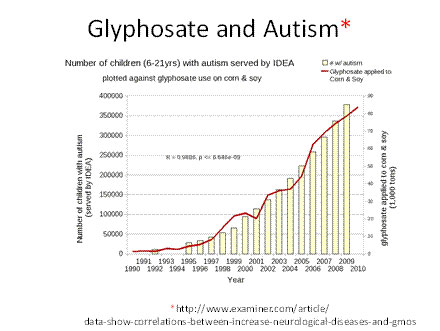
According to Dr. Swanson:16
“Prevalence and incidence data show correlations between diseases of the organs and the increase in Genetically Modified Organisms (GMOs) in the food supply, along with the increase in glyphosate-based herbicide applications. More and more studies have revealed carcinogenic and endocrine disrupting effects of Roundup at lower doses than those authorized for residues found in Genetically Modified Organisms… The endocrine disrupting properties also lead to neurological disorders (learning disabilities (LD), attention deficit hyperactive disorder (ADHD), autism, dementia, Alzheimer’s, schizophrenia and bipolar disorder). Those most susceptible are children and the elderly.”
How to Optimize Your Child’s Gut Flora
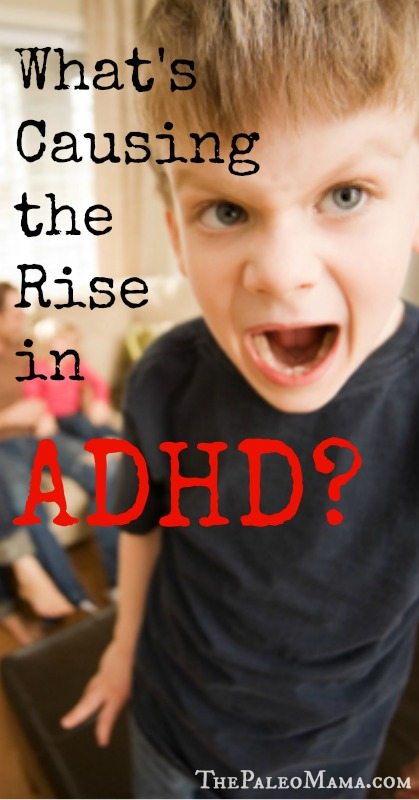
The two key problems caused by glyphosate in the diet are nutritional deficiencies and systemic toxicity, and your gut bacteria are a key component of glyphosate’s mechanism of harm. Effectively addressing this problem requires a two-pronged approach. First you need to avoid the primary sources of glyphosate, which more or less makes it imperative to avoid processed foods. Secondly, you need to address the damage already done. To reseed your child’s gut with the healthy bacteria (probiotics) necessary for optimal physical, mental, and emotional health, I recommend the following strategies:
- Avoid processed, refined foods as they promote the growth of pathogenic bacteria, yeast and fungus in the gut. Most processed foods are also high in sugar and fructose, grains (gluten), artificial additives, and genetically engineered ingredients (which tend to be more heavily contaminated with glyphosate)—all the top items that tend to aggravate ADHD symptoms. Also replace sweetened beverages (whether diet and regular), including fruit juices and pasteurized milk, with pure non-fluoridated water.
- Eat traditionally fermented, unpasteurized foods: Fermented foods are one of the best routes to optimal digestive health, as long as you eat the traditionally made, unpasteurized versions. Some of the beneficial bacteria found in fermented foods are also excellent chelators of heavy metals and pesticides, which will also have a beneficial health effect by reducing your toxic load. Fermented vegetables are perhaps among the most palatable fermented foods. Many kids will also get used to fermented dairy products like kefir.
- Use a high-quality probiotic supplement. If you cannot get your child to eat fermented foods on a regular basis, a high-quality probiotic supplement may be highly beneficial in correcting abnormal gut flora that contribute to brain dysfunction.
Additional Strategies to Relieve ADHD Symptoms
Besides addressing your child’s nutrition, as described in the two sections above, I also recommend implementing the following strategies:
- Clear your house of dangerous pesticides and other commercial chemicals.
- Avoid commercial washing detergents and cleaning products used on clothes, and replace them with naturally derived cleaning products free of added perfumes, softeners, etc.
- Spend more time in nature. Researchers have found that exposing ADHD children to nature is an affordable, healthy way of controlling symptoms.
- Investigate sensory therapy and emotional wellness tools. Instead of looking for a quick fix, encourage ADHD sufferers to talk, and find out what emotions are causing issues. You may also want to consider energy psychology tools such as the Emotional Freedom Techniques (EFT) to improve emotional coping and healing.
